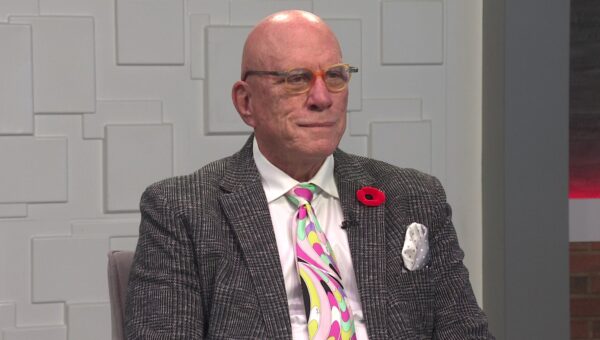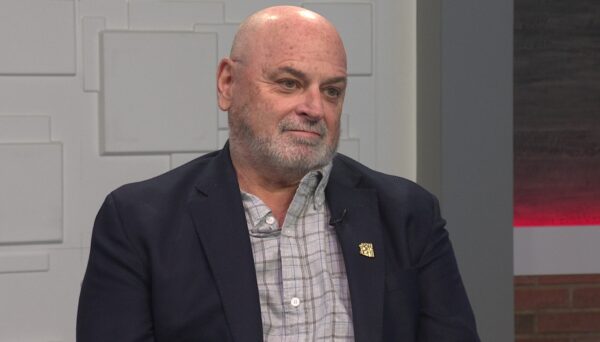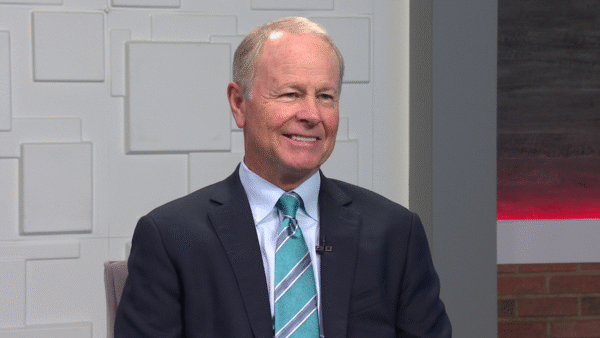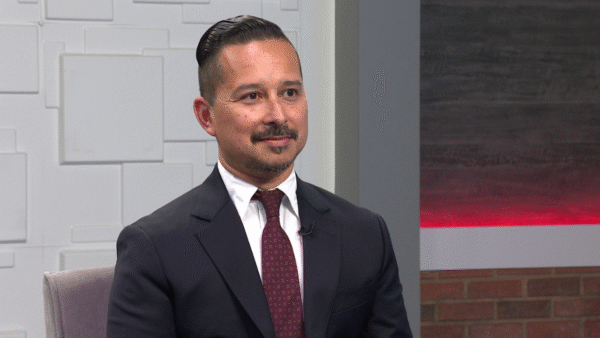The country’s minimum wage has not been raised since 2009, it’s been up to the states to decide
Sept. 6, 2021
How did the concept of minimum wage start? And has it always been seen as constitutional? Lee McPheters, Professor of Economics at the W. P. Carey School of Business discussed more on the history of minimum wage.
McPheters said that the first shot at the minimum wage was during the Great Depression and in 1933 it was ruled as unconstitutional.
He said it was “off to a rocky start” but it became a law in 1938. Originally the minimum wage was 25 cents an hour. Since then “it’s really kind of turned into not so much a minimum wage but more of a poverty wage.
McPheters mentioned that for many years Congress was diligent about raising the wage, not every single year but periodically up until 1968/1970. At one point it was up to, in today’s dollars, $12 an hour.
But since then, in the 1970s, the minimum wage has not been raised too much. There have been periods where it’s gone 7 and 8 years “without being increased, Congress has kind of ignored it and the most recent increase has been 2009. It was $7.25 which is what it is today,” McPheters said.
What has happened since then is that 20 states have agreed with this wage but other states have allowed a raise in minimum wage.
Looking at the actual minimum wage, only about 1.5% of employees are earning $7.25. Most people are earning more than the established minimum wage. The average minimum wage employee is earning $12 an hour.
For small businesses it has an impact if they need to raise their minimum wage. According to McPheters, if they have to raise it they have three options: increase their prices, cut back on employees and/or innovate.
He said there are pros and cons to raising minimum wage but the social benefits of raising the minimum wage are quite significant because if you are getting paid minimum wage right now you’re “basically in a poverty situation and that was never the original intent at all.”






















